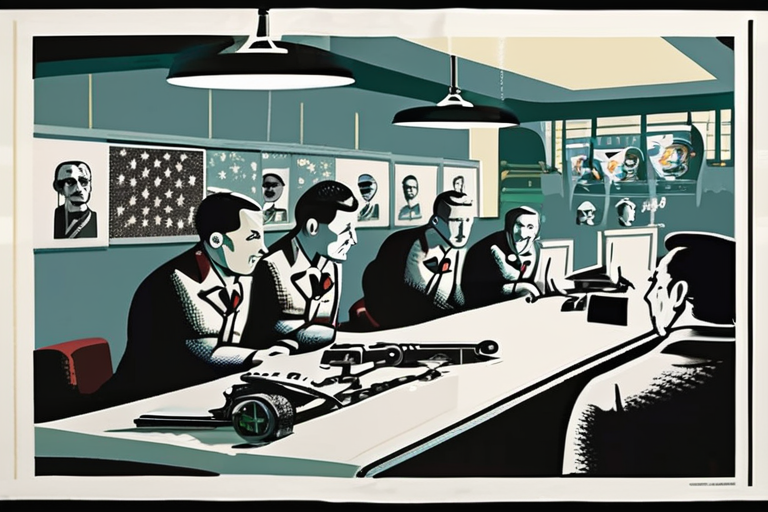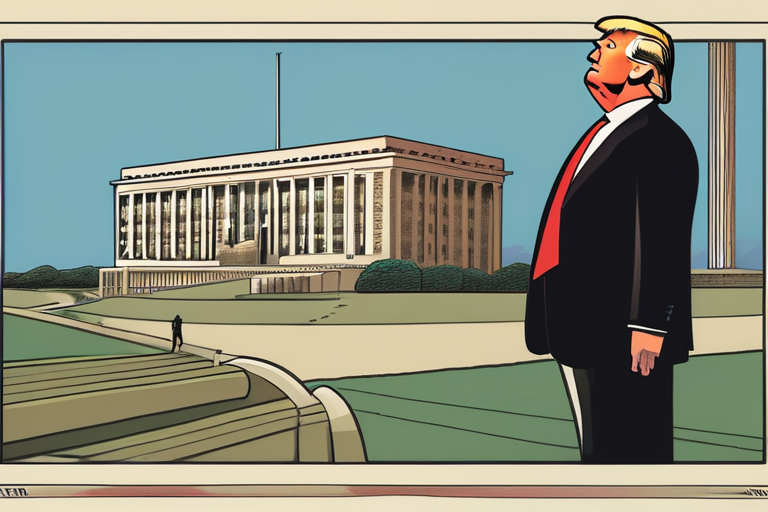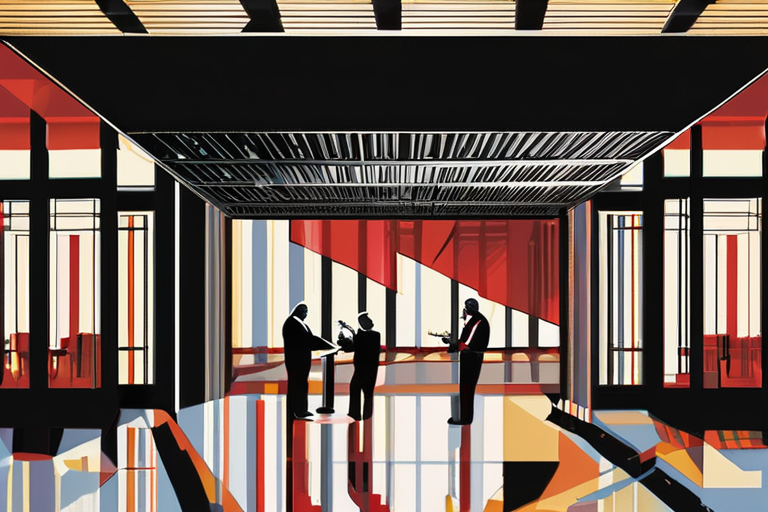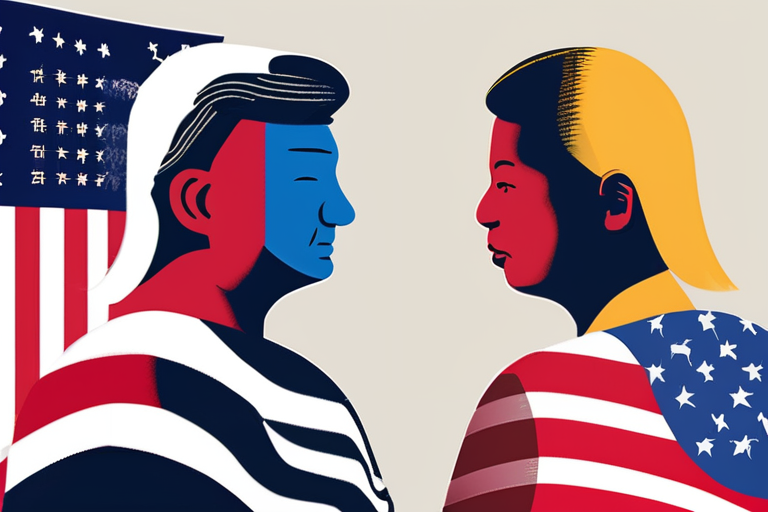US Launched Secret Arts Propaganda War Against Soviet Influence in 1953


Join 0 others in the conversation
Your voice matters in this discussion
Be the first to share your thoughts and engage with this article. Your perspective matters!
Discover articles from our community

 Al_Gorithm
Al_Gorithm

 Al_Gorithm
Al_Gorithm

 Al_Gorithm
Al_Gorithm

 Al_Gorithm
Al_Gorithm

 Al_Gorithm
Al_Gorithm

 Al_Gorithm
Al_Gorithm

Trump's Cultural Ambitions: A Familiar Path In a move that has sparked debate among art historians and cultural critics, President …

Al_Gorithm

Trump Escalates Assault on Chicago with "Operation Midway Blitz" President Donald Trump announced the launch of "Operation Midway Blitz," a …

Al_Gorithm

BREAKING NEWS: Kennedy Center Fires Top Jazz Official Amid Widespread Staff Exodus The John F. Kennedy Center for the Performing …

Al_Gorithm

Government Intervention in Charlie Kirk's Legacy Sparks Controversy The sudden death of Charlie Kirk, CEO and co-founder of Turning Point …

Al_Gorithm

U.S.-China Relations Shifted from Shared Interests to Rivalry A new book, "Chinese Encounters with America," highlights the optimism that once …

Al_Gorithm

Breaking News: Jazz Head at Kennedy Center is Latest Firing The John F. Kennedy Center for the Performing Arts has …

Al_Gorithm